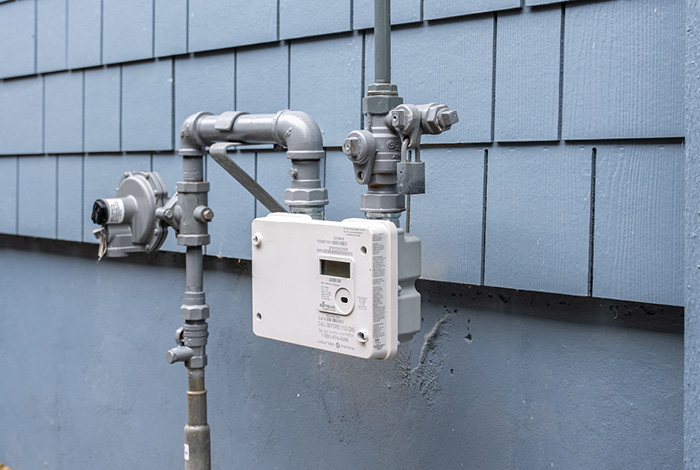Keeping up with new energy demand: cannabis and blockchain
March 7, 2019
When you think of greenhouse crops, cucumbers, peppers and tomatoes probably come to mind. But we’re seeing a big boom in requests for a new crops – cannabis and server farms.
FortisBC has had more than 50 service requests from recreational cannabis producers in the last year alone, with a good number of them in the southern interior where we supply both natural gas and electrical service.
“For us, cannabis growers are just another type of agricultural customer,” says Andrew Luke, key account manager, agriculture, FortisBC. “The only difference is that cannabis facilities need more energy than other crops, so it can take some planning and possible upgrades to both our electric and gas systems to meet their needs.”
Serious energy needs for recreational cannabis
Growing cannabis indoors is an energy-intensive business. In additional to lighting, there are also heating, cooling, pumping and ventilation challenges to consider.
The annual energy needs of these requests have varied — from a single megawatt to as much as 22 megawatts for electricity and as much as 300,000 gigajoules (GJ) for natural gas.
A load of this size would place the customer within the top 50 largest loads within our natural gas service area. By comparison, the average home is just under 90 gigajoules per year.
“That’s why contacting us early is key,” says Juan Rincon, key account manager, shared services. “Our first priority is to determine if their proposed site has access to the capacity they need.”
FortisBC will consider the expected use and determine what, if any, upgrades are needed to bring sufficient electricity and natural gas to the site. The proponent can then determine if the site is feasible given their portion of any additional costs.
Serving energy to blockchain servers
Another industry that’s been hitting the headlines is blockchain (think bitcoin). The driving force powering this technology is server farms, which are essentially facilities with large numbers of powerful computer servers.
“Since this time last year, we’ve had close to 20 requests from server farms, where each is requesting more than five megawatts per facility, and we recently completed the connection of a 60 megawatt server farm to our system,” said Rincon.
For perspective, that’s close to the total capacity of the Upper Bonnington Generating Plant, one of FortisBC’s four generation facilities.
“This is record-breaking for us – it’s the most load we’ve ever connected from a single source.”
What do these big industries mean for our existing customers?
“It’s good news,” explains Rincon. “When we add new large customers like these, it helps existing customers because it spreads the fixed costs for maintaining the system over a wider base. This helps keep rates lower for all the customers on the system.”
The resulting infrastructure upgrades can also help bring services to other customers and organizations and help support economic growth in the region.
He’s also encouraged by the innovative approaches he’s seen to energy management and conservation, from LED lighting technology to high-efficiency equipment for heating, cooling, ventilation and water handling as these companies look to operate responsibly and lower their costs.
These measures will help reduce actual energy consumption at these facilities when compared to conventional equipment. It will also provide valuable information that other industrial customers can use to manage their use.
“Meeting the needs of these industries has stimulated a lot of fresh thinking – from resource planning, to design, engineering and conservation management,” said Rincon. “We look forward to seeing these new industries develop and are excited to be a part of this growth and innovation.”
Anyone considering a new industrial or greenhouse project or major upgrades to an existing facility is encouraged to get in touch with a FortisBC key account manager to access a depth of expertise about energy services.



